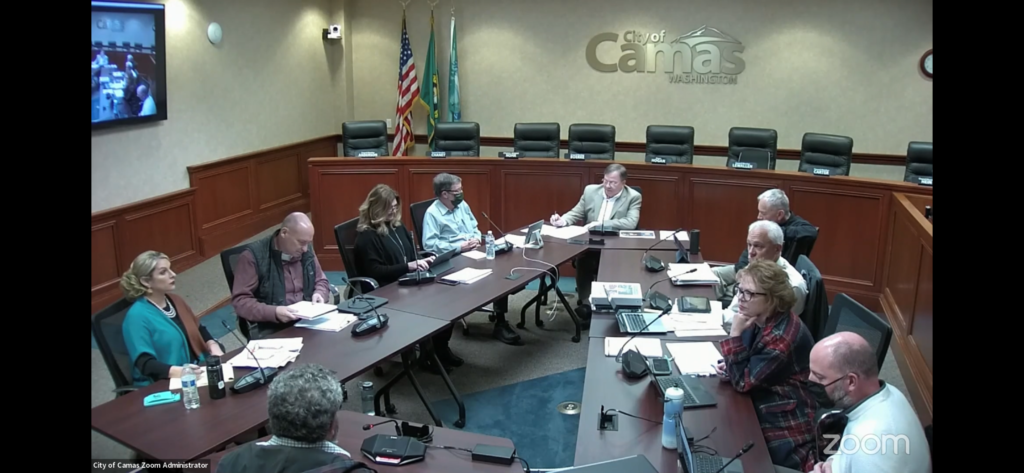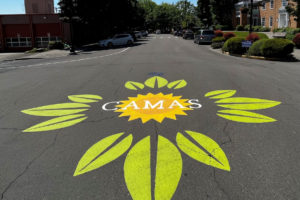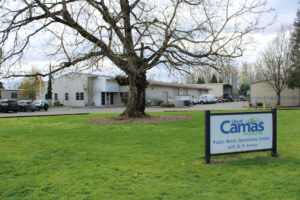The Camas City Council will hold public hearings on Monday, Nov. 21, to discuss two possible tax increases that will help determine the final scope of the city’s biennial 2023-24 budget.
Earlier this month, during the Council’s Nov. 7 meeting, council members weighed five possible taxing options — including the scenario Camas Mayor Steve Hogan included in his proposed 2023-24 budget, which calls for a 1% property tax increase and a new 3% utility tax on the city’s water, sewer, solid waste and stormwater utilities.
If approved by Council in December, the mayor’s recommended 2023-24 budget would spend:
- $7 million to “address critical components of the city’s facilities assessment” report, which noted in July 2022, that the city is facing nearly * $35 million worth of needed upgrades and repairs to 17 of its publicly owned buildings, including $17 million in “observed deficiencies” that should be addressed before 2027;
- $2 million for “life-saving equipment” for the city’s public safety and fire departments;
- $8.6 million to enhance essential transportation routes throughout the city;
- $7.4 million for park and trail development;
- $1.2 million worth of investments in the Camas Public Library; and
- $1.3 million for “critical technology.”
The mayor’s proposed budget also calls for staffing increases throughout the city’s departments, including the addition of two police “overhires” and two police sergeants; a project manager, volunteer coordinator and recreation specialist for the parks and recreation department; two street maintenance workers; eight firefighters; an engineering manager; a records specialist; and a part-time library associate.
To pay for these and other staffing expenditures, Hogan has asked the Council to approve several revenue sources, including the 1% property tax increase allowed by state law; the new 3% utility tax; the use of around $24 million from the city’s $100 million fund balance; and the one-time use of more than $6 million in federal COVID recovery funds from the American Rescue Plan Act President Joe Biden signed into law on March 11, 2021.
The mayor’s proposed 1% property tax and 3% utility tax increases would add $909,000 to the city’s revenues in 2023, and $937,000 in 2024.



